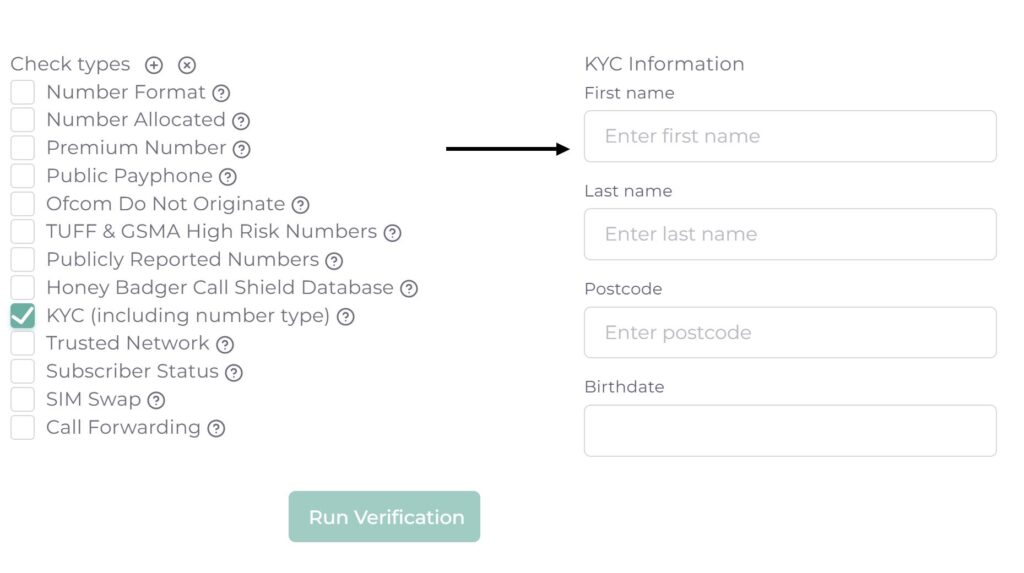If you haven’t heard the news already, Valcon and Honey Badger have partnered to combine world leading fraud analytics with best-in-class consulting and implementation services. Together they’ll be working hand in hand to help customers protect the contact centre, and ultimately reduce fraud and financial crime. But why start with the contact centre?
Well, brace yourself, because 60% of fraud involves the contact centre, with an average of 26 phone calls made by a fraudster leading up to an attack.
But as Luke Firmin – Partner, Financial Crime at Valcon explains “a major part of the challenge is that organisations struggle to understand risks that exist within the contact centre, and subsequently, how to plan for and mitigate those risks”.
To help organisations deal with this challenge Valcon has been working closely with Honey Badger to offer the following services:
- Designing and implementing contact centre fraud strategies
- Assessing fraud risk within contact centre operations
- Providing implementation services across Honey Badger’s full product suite
- Broader financial crime and fraud prevention services, including programme design and delivery
So how exactly should you protect your contact centre? Well, fear not, we interviewed Luke and asked the questions that are probably on your mind.
Interview
Question: Data shows that the contact centre is a prime target for fraudsters, but why?
Luke Firmin: Quite simply, it’s a low risk, high reward target for fraudsters. They can use Interactive Voice Response (IVR) systems to extract information, attempt account takeover attacks by pretending to be somebody else, or even use social engineering to extract information from agents. If a fraudster makes an unsuccessful attempt, they simply hang up and try again.
Question: With that in mind, what are the tell-tale signs of fraud that organisations should lookout for?
Luke Firmin: Some attacks are more obvious than others. We frequently see that fraudsters tend to spoof calls to contact centres, which essentially means they present a different number from the one they’re calling from so that the call centre agent thinks they are receiving a call from a legitimate and/or known number. In other cases, we see the phone number is on Honey Badger’s database of known fraud numbers that it collects from over 35 network operators, Ofcom and other data providers.
However, sometimes fraudsters are a little more inconspicuous – there won’t necessarily be anything in the underlying call metadata that indicates fraud, however the pattern of behaviour indicates something isn’t quite right. For example, in the past Honey Badger has detected mobile numbers calling financial institutions thousands of times over a short period of time – which is usually a sign of IVR pharming. There are over 40 different checks that Honey Badger performs so these examples are just a snapshot of the indicators we see.
Question: Interesting, so if we want to keep those nasty fraudsters at bay what should we be doing?
Luke Firmin: First and foremost, contact centres should consider using technology like Call Shield to silently analyse every phone call and detect suspicious features. Secondly, you need to have a plan in place for when something suspicious is detected. This can range from blocking the call, to warning agents and prompting them to ask more security questions, or even redirecting a call to an operator trained to handle fraud. We realise organisations may not know where to start with implementing these recommendations, hence the consulting practice and partnership we’ve established in this area.
Question: Why did you choose to partner with Honey Badger?
Luke Firmin: Apart from the appropriately fierce name 
Question:Finally, where should people look if they want to learn more about fighting fraud in the contact centre?
Luke Firmin: I’m hosting a webinar with Honey Badger’s CEO Matthew Salisbury on the 25th January 2023 at midday. We’ll be doing a deep dive into fraud in the contact centre and covering everything from current telephony fraud trends to the role of technology in protecting your contact centre and even a case study from a UK financial institution. We’re hoping all attendees will come away from the webinar feeling more informed about contact centre risks and confident in how they can take action to mitigate risks.
Honey Badger HQ












